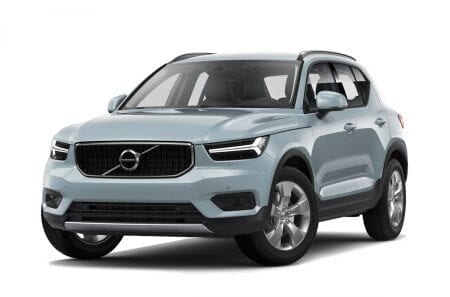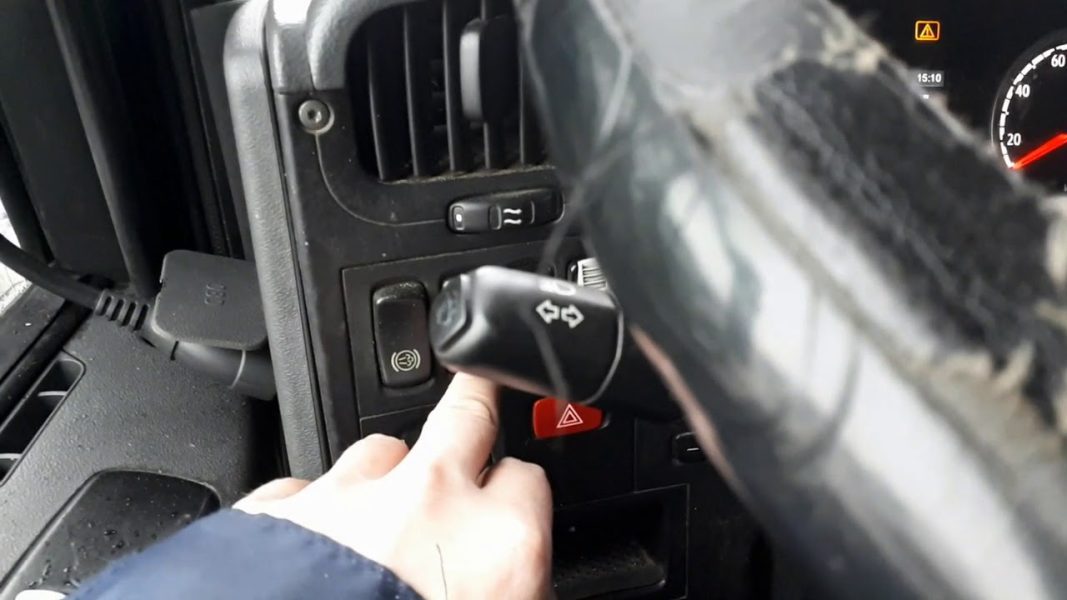
How to use the engine brake?
Content
Engine braking is a mechanical phenomenon caused by the engine itself. Indeed, this will manifest itself when the accelerator pedal is released while driving. This is an automatic deceleration process that gives the impression of braking and slows down your vehicle without using the brakes.
🚗 What is the role of the engine brake?
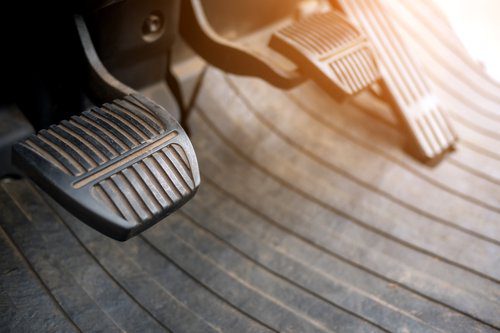
The role of the engine brake is impression of slowing down what happens when you stop pressing the accelerator pedal. This is the kind waiting for engine braking, because when you stop accelerating, potential braking will occur.
Therefore, this mechanical phenomenon allows Avoid overloading the braking equipment such as brake discs and brake pads. Thus, it also allows them to limit wear and tear and extend their service life.
In addition, engine braking appears in all gears of your Transmission, from the first to the sixth. The gear must be engaged for engine braking to occur.
It will be more highlighted in the first three reports. while in the last three it is less noticeable because the speed is more significant. In practice, if you are driving at 100 km / h and stop pressing the accelerator pedal, your vehicle will not continue at 100 km / h and will begin to decelerate.
As soon as you shift into neutral or depress the clutch pedal, the engine brake will no longer work because the transmission is disconnected. Ultimately, the engine brake is real driving assistance and is very effective during braking phases and downshifts.
💡 Engine brake or foot brake: which one to use?
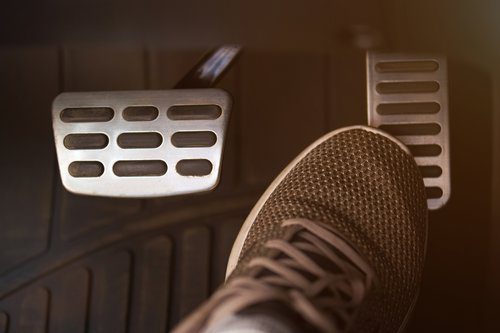
The engine brake and the foot brake do not oppose, but on the contrary, additional for the driver. The most important thing during the braking phase is knowing how to dose it. Indeed, it is preferable avoid hard braking both for the brakes and for the whole vehicle.
Always start take your foot off the gas pedal so that the phenomenon of engine braking occurs. Then you can start training gentle and smooth pressure on the brake pedal. The key to successful braking is anticipation, a preference for reduced braking.
However, if you are in a situation where you need to perform emergency braking, you will not be able to accept this attitude. The brake pedal must be pressed firmly to slow down and bring the vehicle to a stop as quickly as possible and to avoid a possible collision.
👨🔧 How to use the engine brake with an automatic transmission?
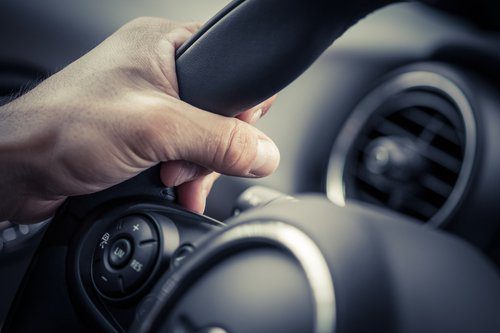
Cars with an automatic transmission do not have a gearbox that allows you to downshift. However, the engine brake can be used, especially when you are driving in mountain roads with more or less steep slopes... On an automatic transmission, the engine brake can be applied in two ways:
- Using Commands : They can be placed on the steering wheel, on the gear lever or at the level of the control unit. They are usually easy to identify with the "+" and "-" symbols. They are present on sequential boxes.
- Using gear lock : Use the gear lever to select the desired gear. Usually you are in the “D” (drive) position, but you will need to switch to “3”, “2” or “L” (low) when you are on a steep descent.
🔍 When to use the engine brake?

The engine brake can be used daily on the road. This will help protect brake discs and pads from premature wear. This is because when your car is simply moving forward at its own speed, it will start to move. slow down on its own.
In certain situations, engine braking is necessary to safely decelerate your vehicle. Thus, when you are driving on a steep incline, the engine brake is required to prevent acceleration with kinetic energy.
They are used in addition to intermittent braking with the brake pedal and allow the vehicle to slow down without causing the brakes to overheat. If the brakes generate too much heat, icing phenomenon may appear.
This means your brakes stay cool and wear mostly on Brake linings... Brake pads may become vitrified as a result of this event and will be required to replace them.
The phenomenon of engine braking is manifested in all existing vehicles, be it Manual Transmission or automatic. Indispensable for the longevity of your braking system, especially on steep grades. If you have the slightest doubt about the serviceability of one of your braking devices, feel free to compare the garages near you to get your car inspected!
